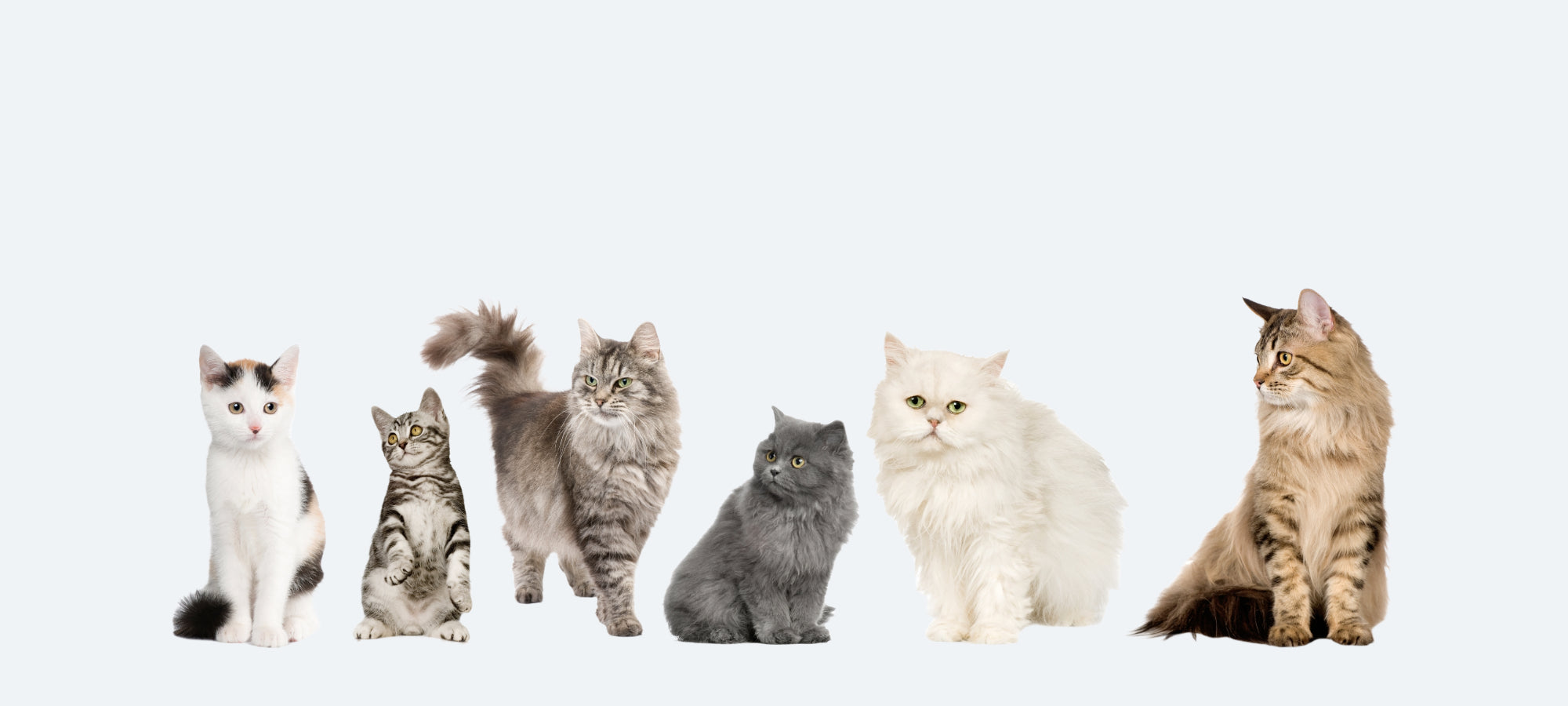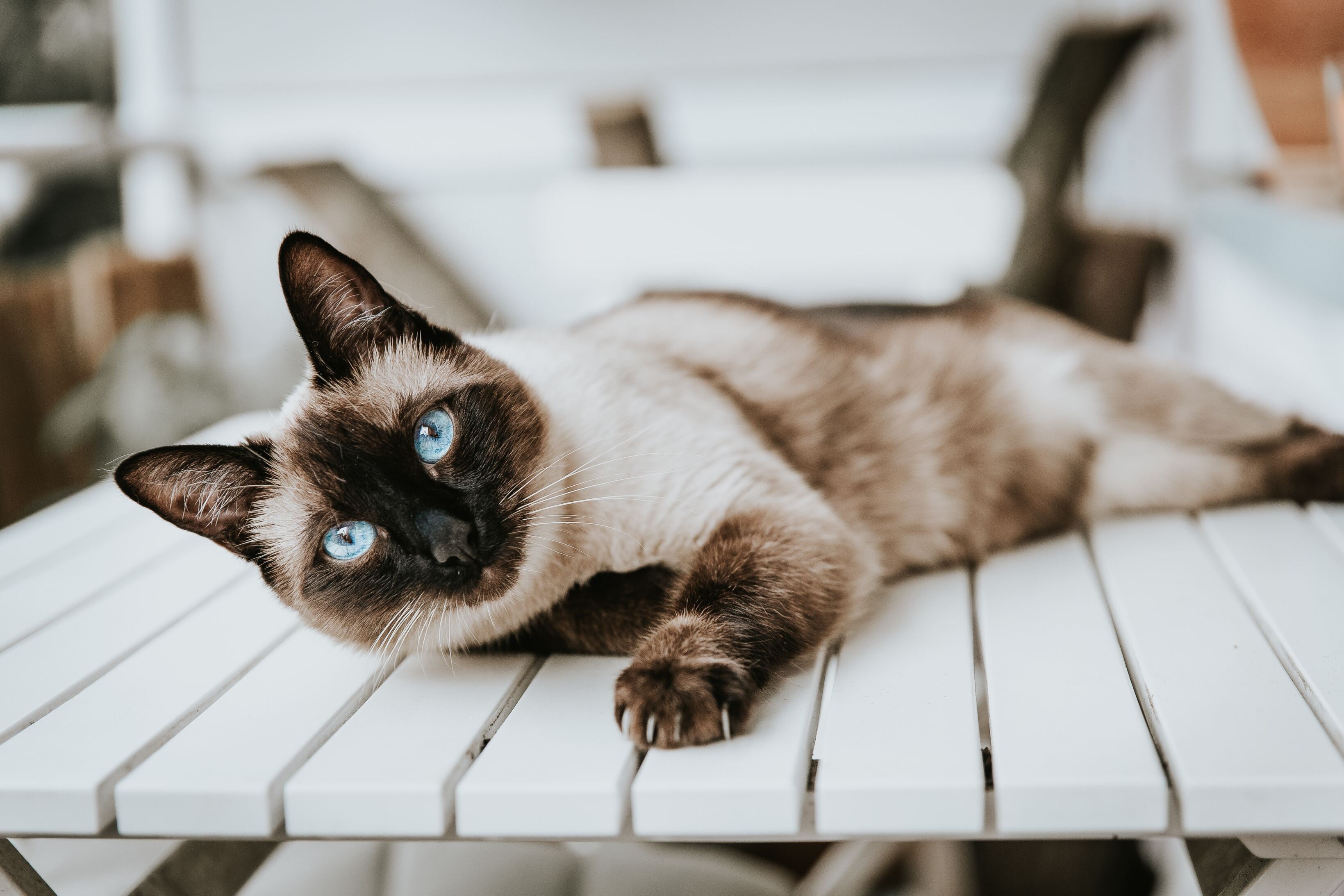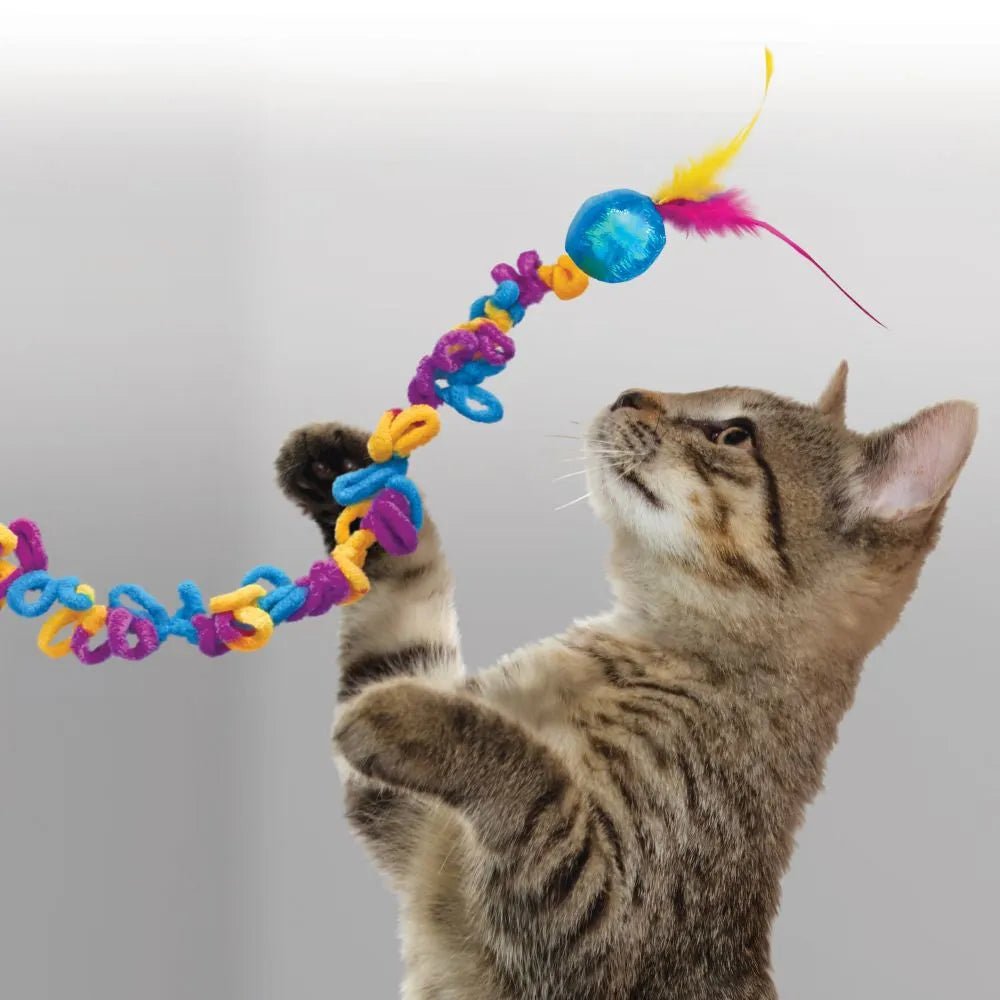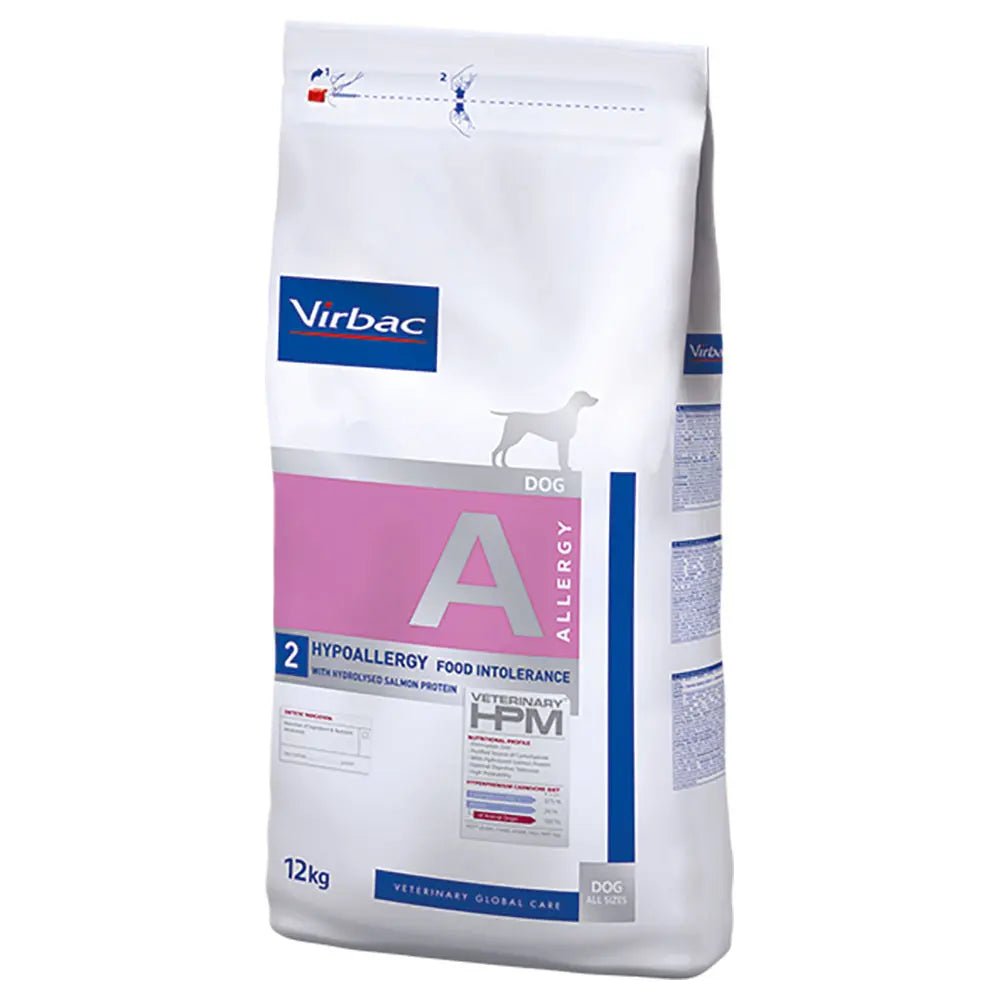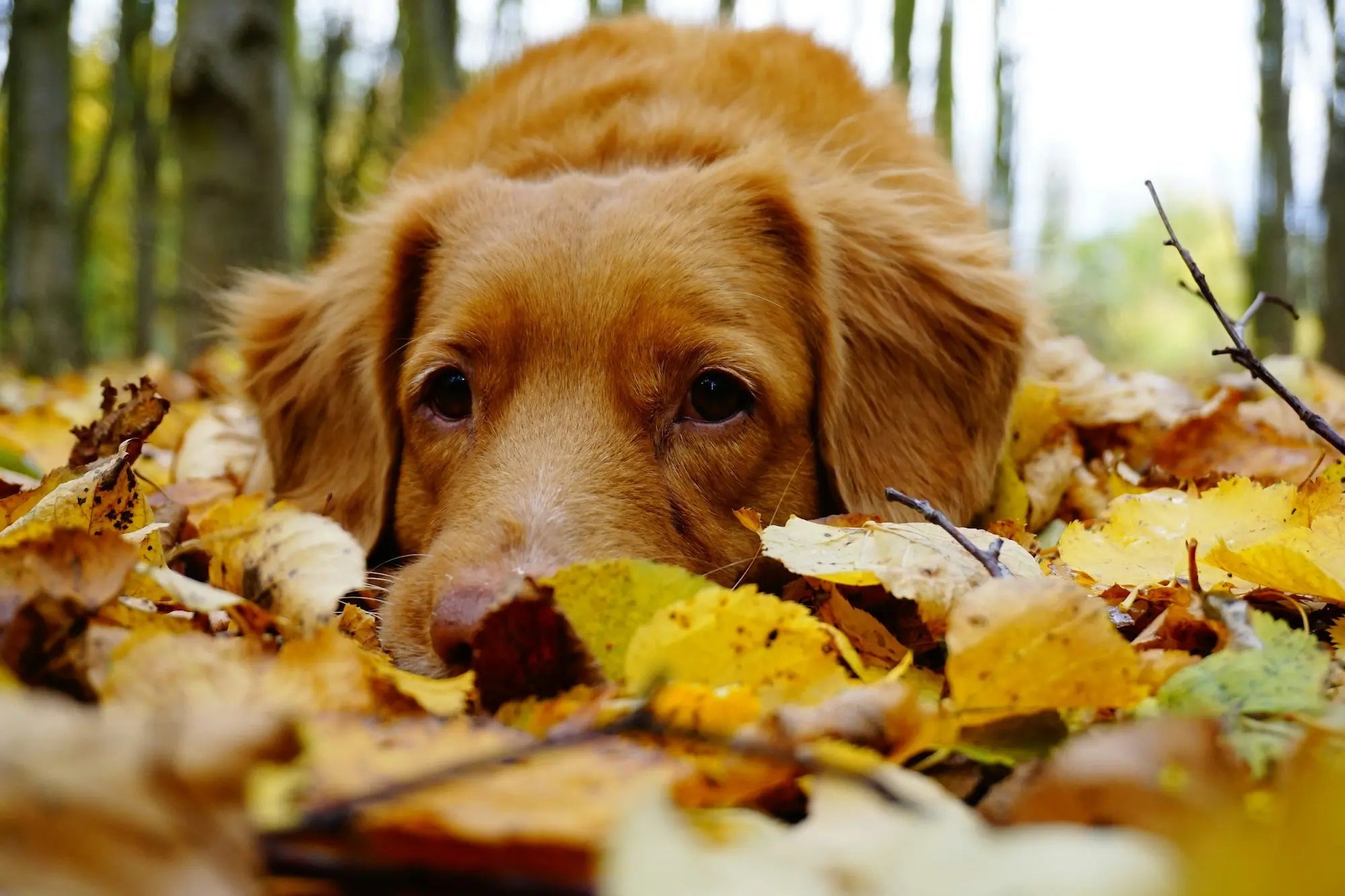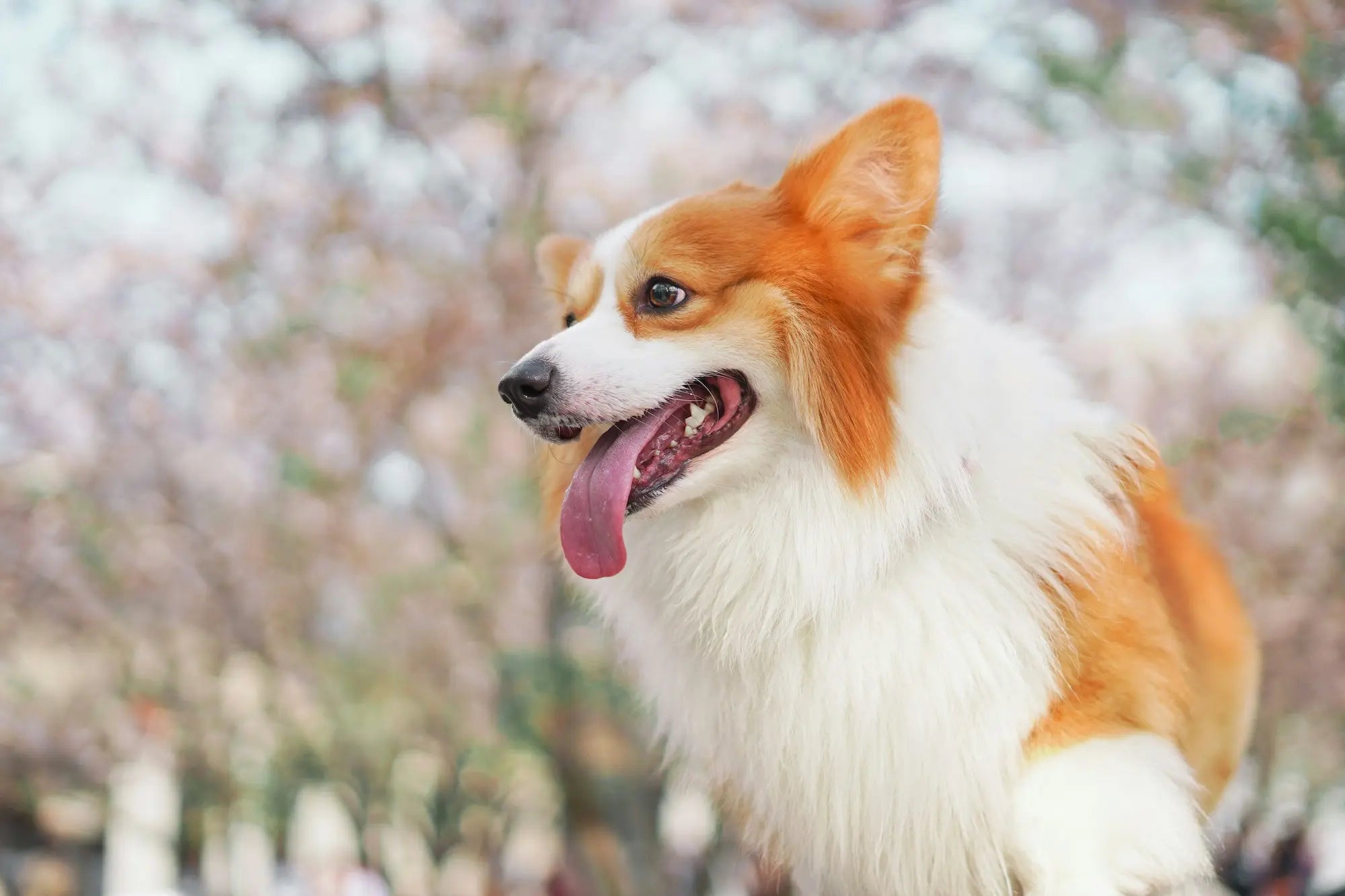The Siamese is a social, intelligent and talkative purebred cat. Are you wondering if a Siamese is the companion for you? Read more about its personality characteristics, attention needs and health, as well as what you should consider in everyday life if you get a Siamese.
race facts

Child-friendly

Attention needs

Energy level

Talkativeness

Fur care

shedding
Facts about the breed
The Siamese is a breed of cat that originated in Thailand (formerly known as Siam), hence its name. This breed has existed for centuries and was considered sacred by the monks of Thai temples.
What can you expect as an owner of a Siamese cat?
Personality
Personality
If you are looking for a chatty family member to chat with, the Siamese is the right choice. This cat breed has a lot on its mind, and is happy to share its thoughts and strong opinions with you. The Siamese is considered an incredibly intelligent cat with a lot of energy and social qualities. The Siamese is not recommended as a first-time cat if you are looking for hours of cuddling in front of the TV, as they usually require a lot of stimulation and love to play.
Energy and attention needs
Energy and attention needs
Siamese cats need a lot of activity, both physically and mentally. In addition to regularcat toys , you can give them different tasks and challenges such as cat puzzles, clicker training or teaching them to fetch! Get them used to wearing a cat harness from a young age, so you can go for walks together outdoors. If they don't get the attention and stimulation they need, they will quickly get bored and feel unsatisfied. If you have the opportunity to have a like-minded dog or cat companion, they will appreciate their company.
Health
Health
Size and appearance
When it comes to this medium-sized cat breed, most people picture the Siamese with a pointed face, large ears and a slim, muscular silhouette. There are different types of Siamese cats, with the traditional Siamese (often referred to as Thai cats) having a more apple-shaped head and rounder body. Siamese cats have colorpoints in their glossy coat, meaning they have a darker color on their face, ears, paws or tail.
Weight
The male Siamese weighs around 4 - 6 kg, while the female weighs between 2.5 - 4.5 kg.
Lifespan
8 - 14 years
Hereditary diseases
Hereditary diseases known to occur in Siamese include progressive retinal atrophy and hip dysplasia . Amyloidosis, heart defects, asthma , and cancers such as intestinal tumors and lymphoma can also occur in the breed. Although relatively rare today, some Siamese may have a kinked tail or be cross-eyed.
Fur care
Fur care
The Siamese's short coat sheds but requires little grooming. Brush it weekly to reduce hair on clothes and furniture. Since Siamese have no undercoat, they can easily freeze in cold weather. If you've been out in the rain or they've been walking in tall, damp grass, they'll appreciate being dried properly to avoid freezing.
Food and nutrition
Food and nutrition
If you want to own a Siamese, you should make sure to find a reputable breeder. How much a kitten costs will vary, but you can expect a price of between 9000 - 15,000 NOK for a Siamese kitten.
Having purebred cats as pets has become very popular, but unfortunately this has resulted in many unscrupulous breeders who engage in unethical breeding for profit. Therefore, it is important for you as a buyer to get information about how the cat was bred so that you do not contribute to cats with hereditary and serious diseases being born. If a purebred cat is sold without a pedigree, you will never know whether the kitten has been stolen, or whether illegal trade has taken place.
A serious breeder in a federation must follow strict requirements for animal welfare and health. Good breeders will also demand something from you to ensure that the cat has a good life. Remember to check if the breeder is registered through the Norwegian Cat Breeders' Association (NRR) / FIFe / TICA and that the pedigree, health certificate (and possibly the purchase contract and vaccination card/veterinary passport) are included.
If you want to become the owner of a Bengal cat, you should make sure to find a reputable breeder. How much a kitten costs will vary, but you can expect a price of between 10,000 - 20,000 NOK for a Bengal kitten.
Having purebred cats as pets has become very popular, but unfortunately this has resulted in many unscrupulous breeders who engage in unethical breeding for profit. Therefore, it is important for you as a buyer to get information about how the cat was bred so that you do not contribute to cats with hereditary and serious diseases being born. If a purebred cat is sold without a pedigree, you will never know whether the kitten has been stolen, or whether illegal trade has taken place.
A serious breeder in a federation must follow strict requirements for animal welfare and health. Good breeders will also demand something from you to ensure that the cat has a good life. Remember to check if the breeder is registered through the Norwegian Cat Breeders' Association (NRR) / FIFe / TICA and that the pedigree, health certificate (and possibly the purchase contract and vaccination card/veterinary passport) are included.
